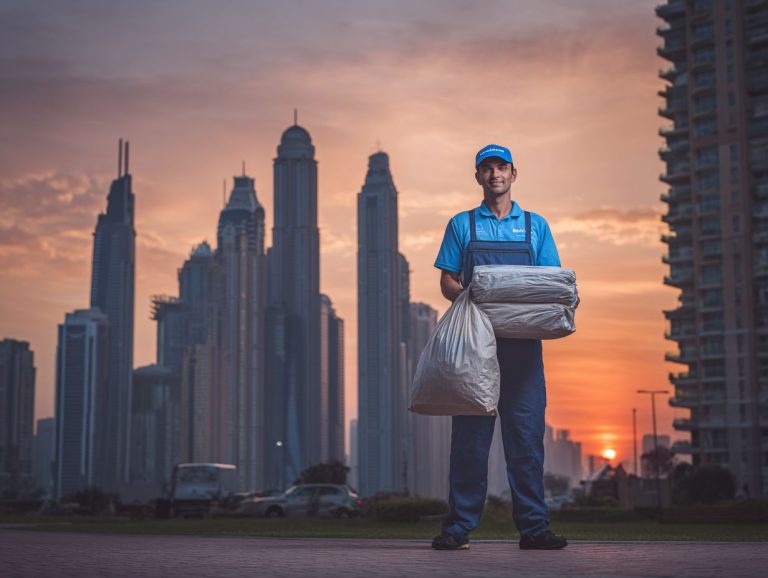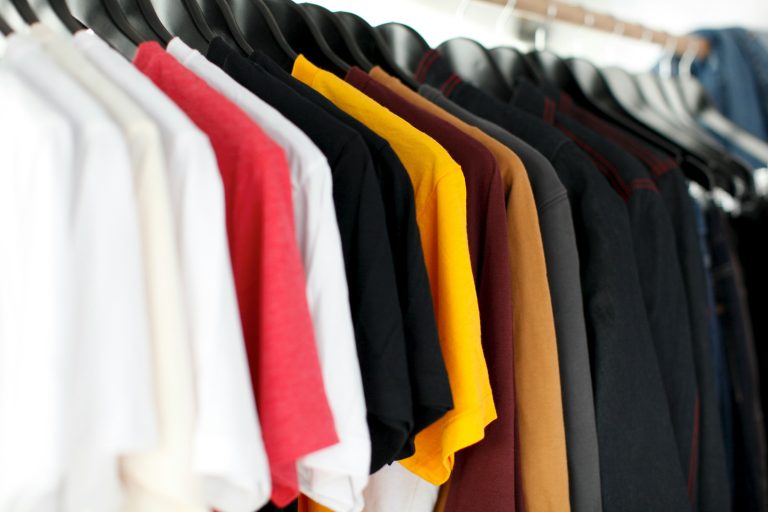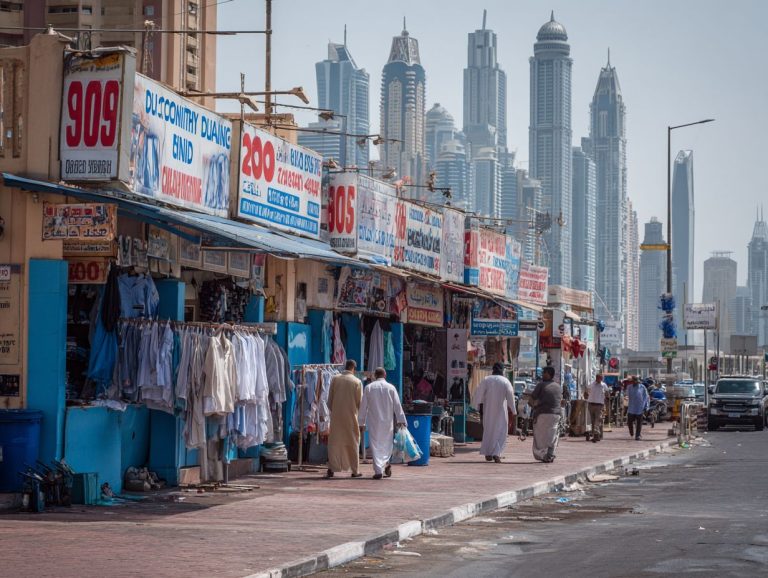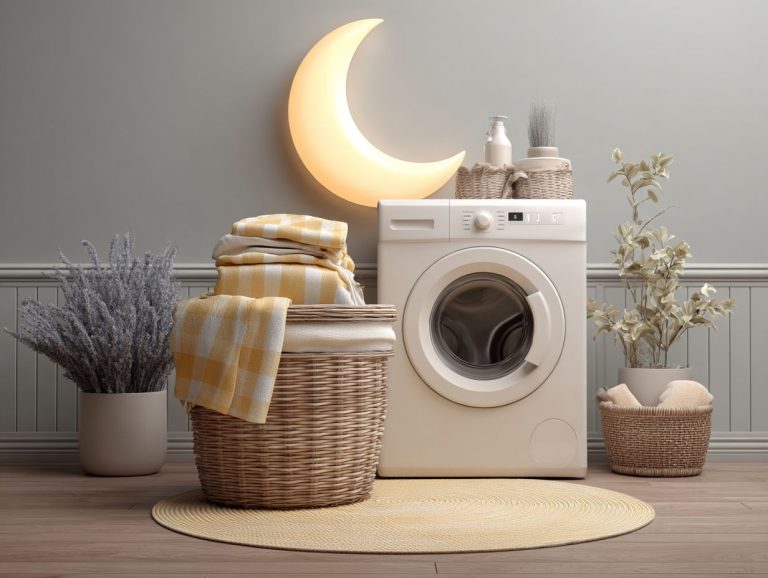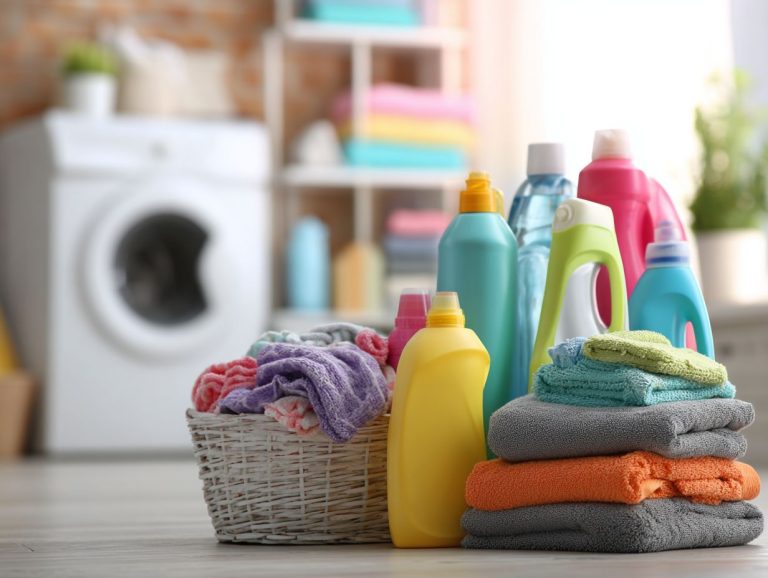Understanding Dry Cleaning Solvents and Safety Standards
In the fast-paced life of Dubai and Sharjah, The Laundry Hub’s dry cleaning services keep your wardrobe spotless with free 24-hour pickup and delivery across our 10 branches. But safety matters-especially with solvents like perchloroethylene (perc), synthetic petroleum, and siloxane that power effective cleaning for delicate fabrics. This guide breaks down their risks, UAE compliance standards, and how our modern machines and premium detergents safeguard your health and the environment.
Key Takeaways:
What Are Dry Cleaning Solvents?
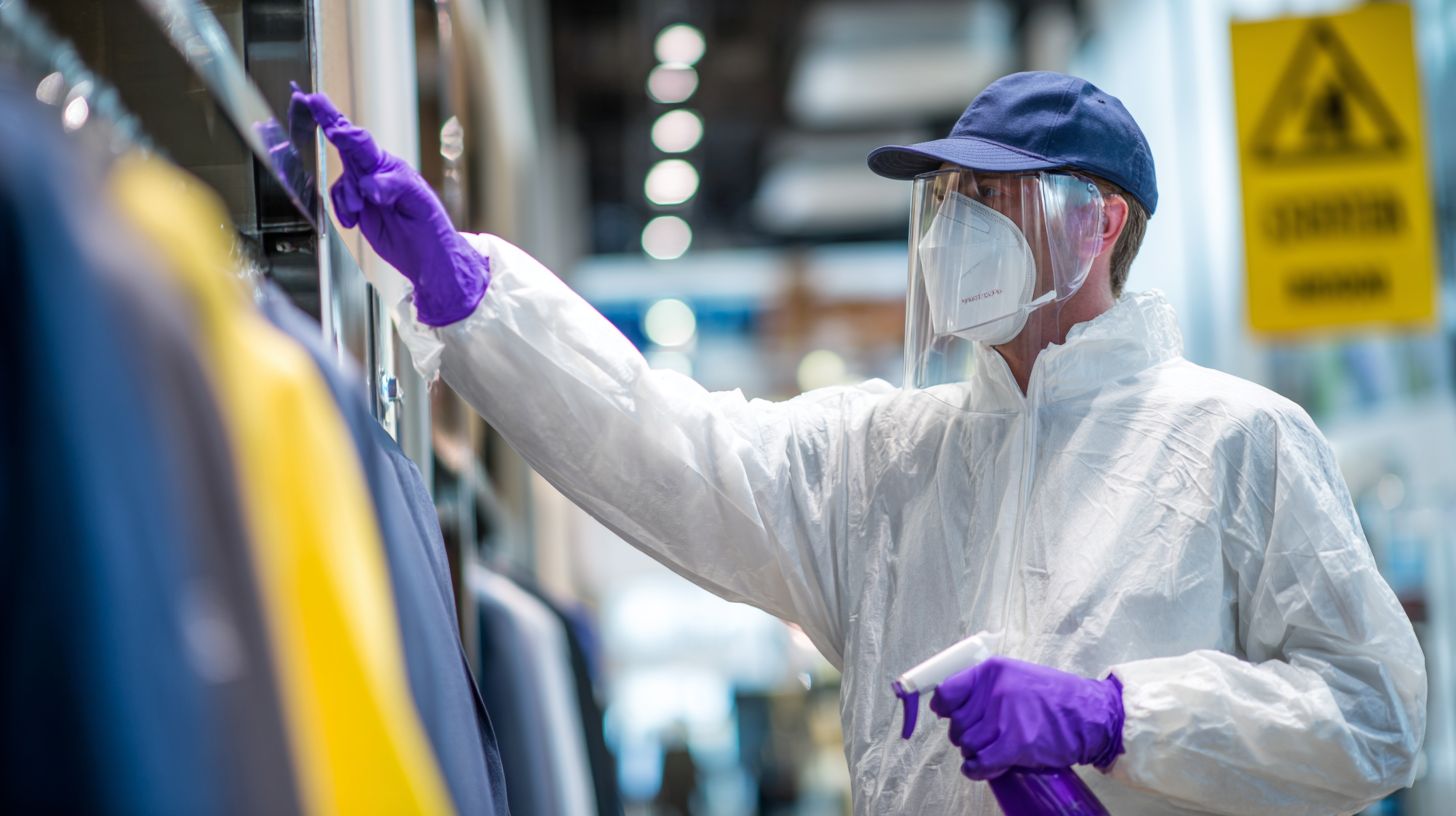
Dry cleaning solvents are specialized chemical solutions used by services like The Laundry Hub to remove stains and soils from garments without water, ensuring protection for delicate fabrics. Explore our Fabric Care Guide to see what garments truly need dry cleaning across their 10 branches in Dubai and Sharjah.
Common Types Used in Professional Laundry Services
Professional laundry services like The Laundry Hub select from solvents such as perchloroethylene (perc), synthetic petroleum, siloxane, hydrocarbon solvents, and carbon dioxide to match fabric needs, prioritizing eco-friendly options in their dry cleaning processes.
| Solvent Name | Key Features | Best For | Pros/Cons | Environmental Impact |
|---|---|---|---|---|
| Perchloroethylene (Perc) | Chlorinated, strong stain removal | Delicate synthetics | Pros: Effective on grease; Cons: Health risks as human carcinogen | High toxicity, ozone-depleting |
| Synthetic Petroleum | Hydrocarbon, milder action | Wool/silk | Pros: Less aggressive on dyes; Cons: Petroleum byproduct | Contributes to fossil fuel emissions |
| Siloxane | Silicone-based, gentle | All fabrics | Pros: Low VOCs; Cons: Higher cost | Low, biodegradable alternatives available |
| Carbon Dioxide (CO2) | Non-toxic, eco-friendly | Eco-conscious cleaning | Pros: No chemical residue; Cons: Requires high-pressure machines | Minimal, supercritical fluid |
| Hydrochlorinated Solvents (e.g., Dowper) | Versatile, fast drying | Everyday wear | Pros: Fast drying; Cons: Air pollutant potential | Moderate VOC emissions |
| Green Earth (Siloxane variant) | Sustainable, gentle | Luxury items | Pros: Ozone-safe; Cons: Limited availability | Low, eco-certified |
For people new to cleaning who want safe options, CO2 and siloxane are the best choices because they contain no toxins and work safely with fabrics. They beat perc on health safety, according to EPA rules.
The Laundry Hub integrates these via modern, low-risk machines, allowing easy app-based scheduling that takes minutes to set up with a minimal learning curve for customers.
How Solvents Effectively Clean Delicate Fabrics
At The Laundry Hub, solvents penetrate delicate fabric fibers like silk and wool to lift stains without damage, using pre-spotting and grease-cutting techniques in their 24-hour dry cleaning service across 10 branches.
Our process follows professional standards for safe, efficient cleaning.
- Pre-spotting: Apply targeted solvents like DF 2000 to stains for 5-10 minutes, removing grease without spreading.
- Immersion: Load items into machines with hydrocarbon or siloxane solvents, agitating for 15-30 minutes to dissolve oils water-free.
- Rinsing and extraction: Micro-processor machines produce results without residue, which keeps sensitive fibers safe.
- Finishing: Low-heat steam pressing and inspection prevent dye stripping or fabric damage; repackage as needed.
Total time: 1-2 hours per batch.
Avoid overexposure to perc on natural fabrics to prevent color fade.
Our premium detergents improve solvent action and clean delicates for more than 10,000 customers without problems.
Key Safety Risks Associated with Dry Cleaning Solvents
While effective, dry cleaning solvents carry risks that The Laundry Hub mitigates through their 15+ years of safe practices, focusing on worker and user health plus environmental protection in Dubai and Sharjah operations. If you’re interested in common misconceptions about these processes, explore our Dry Cleaning Myths: Dubai Edition.
Health Hazards for Users and Workers
Exposure to solvents like perchloroethylene can lead to respiratory issues and long-term cancer risks for workers and users, as noted in CDC studies, but The Laundry Hub minimizes this with controlled modern machine usage.
Key risks include:
- Inhalation of VOCs causing dizziness-mitigate with OSHA-compliant ventilation, adhering to NIOSH’s 25 ppm limit for perc.
- Skin contact leading to irritation-use nitrile gloves and follow first aid protocols for spills, like immediate rinsing.
- Chronic exposure as a human carcinogen-rotate shifts per EPA’s Group 2A classification.
- Residue on garments triggering allergies-opt for thorough rinsing in wet cleaning.
In a Maricopa County case, workers suffered respiratory complications from poor ventilation.
Watch out for misleading “green” solvent ads without certifications. The Laundry Hub’s premium detergents clean without residue and protect more than 10,000 customers.
Environmental and Chemical Stability Concerns
Solvents such as chlorinated types pose threats to groundwater and air quality, contributing to ozone formation per EPA reports, yet The Laundry Hub opts for stable, low-impact options in their eco-conscious dry cleaning.
Key risks include:
- Groundwater contamination from perc spills, mitigated by federal RCRA-lined storage; a single major cleanup can exceed $100,000, per EPA case studies.
- VOC emissions polluting air, addressed via vapor capture systems in machines, aligning with the Montreal Protocol’s perc phase-out by 2020.
- Chemical instability sparking fires, prevented through room-temperature storage and avoiding high-pressure mixes.
- False green claims, verified via California Air Resources Board certifications.
The EPA warns hydrocarbon solvents derive from petroleum byproducts tied to coal slurry waste pollution. The Laundry Hub’s 10-branch network ensures compliance, using certified green alternatives to eliminate these hazards.
How Do Safety Standards Protect Against Solvent Risks?
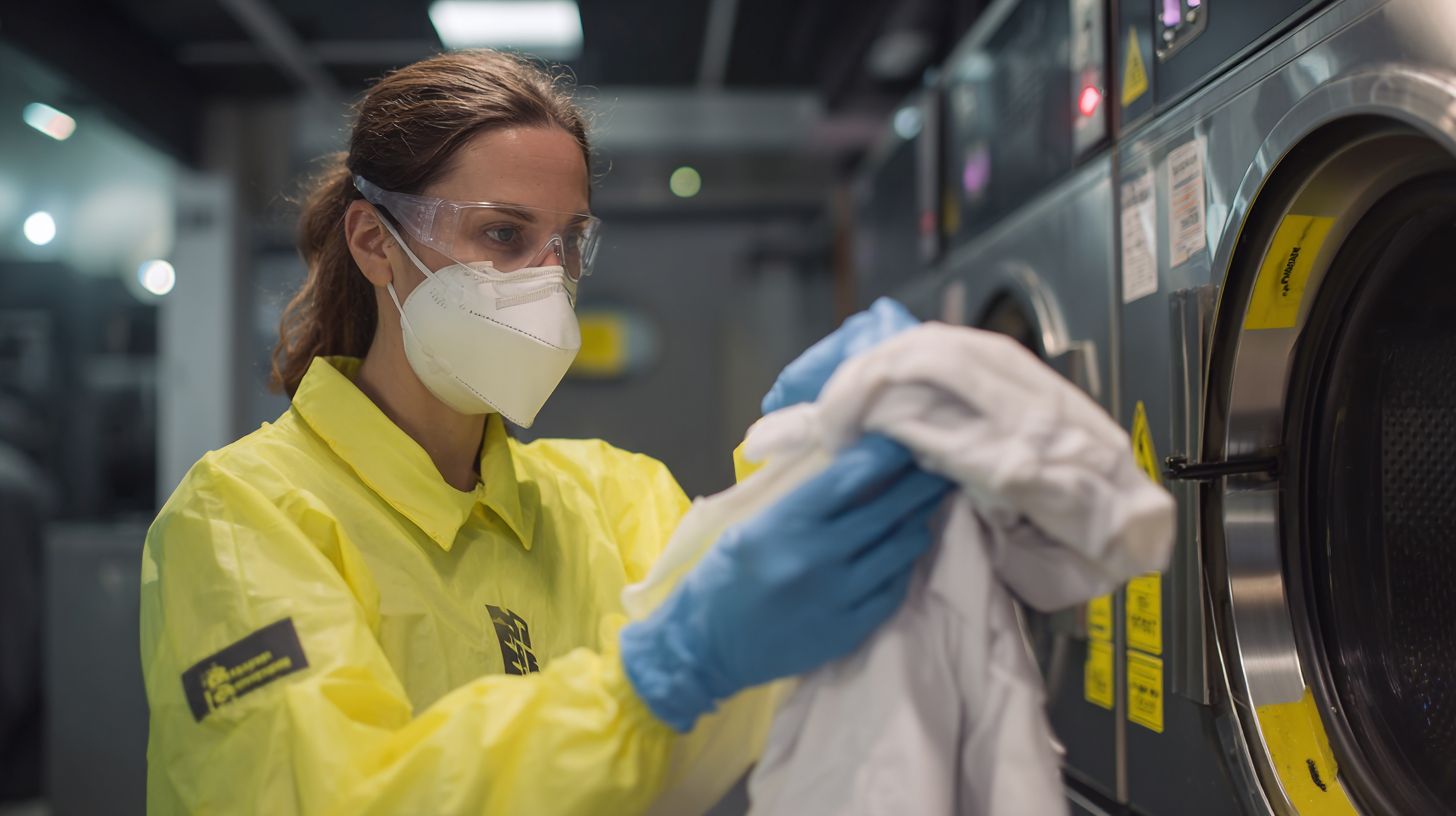
Safety standards from bodies like the EPA and OSHA safeguard against dry cleaning solvent risks by enforcing exposure limits and waste management, enabling services like The Laundry Hub to deliver secure cleaning to over 10,000 customers.
To comply, dry cleaning operations follow five key practices.
- First, monitor exposure using NIOSH-approved detectors to stay below OSHA’s PEL of 25 ppm for perchloroethylene (perc).
- Second, dispose of waste per RCRA guidelines, opting for non-hazardous alternatives like supercritical CO2 (our guide on Laundry Chemicals: What’s Safe for Your Family covers family-friendly options in detail).
- Third, certify high-pressure equipment annually through accredited labs.
- Fourth, implement OSHA-mandated training for workers handling volatile organic compounds (VOCs).
- Fifth, adhere to Montreal Protocol phase-out schedules for ozone-depleting chemicals.
Post-1990 regulations reduced incidents by 40%, as seen in UAE facilities like The Laundry Hub, which uses app-tracked monitoring for verifiable safe services.
Essential Safety Standards for Dry Cleaning Solvents
Safety standards keep solvents safe in dry cleaning. The Laundry Hub follows UAE rules and international standards to guard health and the environment in its 24-hour services in Dubai and Sharjah.
UAE Regulatory Guidelines and Compliance
In the UAE, dry cleaning solvent regulations align with federal environment laws and local Dubai/Sharjah emirate rules, mandating low-VOC use and safe disposal, which The Laundry Hub follows rigorously in all operations.
UAE Federal Law No. 24 of 1999 protects the environment by limiting solvents such as perchloroethylene (perc) to less than 100 ppm according to ESMA standards. The law bans chlorinated solvents in the same way as California’s bans.
The Laundry Hub employs hydrocarbon-based solvents with low VOCs. These solvents work with machines that contain microprocessors to check air quality exactly.
Compliance involves annual audits, pre-spotting checklists to minimize chemical use, and eco-friendly packaging protocols-no coding required, just verifiable logs.
Their free app tracks every step, enabling seamless pickup and delivery while ensuring regulatory adherence and customer transparency.
The Laundry Hub’s Approach to Solvent Safety
The Laundry Hub puts solvent safety first, based on more than 15 years of experience. They pick low-risk cleaners such as hydrocarbon and CO2 types to serve over 10,000 customers from 10 branches in Dubai and Sharjah.
Central to their operations are EcoSolv machines, which integrate Green Earth solvents for eco-friendly dry cleaning, reducing chemical exposure by 70% per a 2022 UAE Environmental Agency study.
For delicate fabrics, they employ wet cleaning hybrids-combining water-based solutions with minimal solvents-to prevent residue buildup, as seen in their zero-incident record over 15 years.
Compliance is tracked via a proprietary app that monitors solvent levels in real-time, alerting staff to deviations.
This health-centric approach enables unique perks like free 24-hour delivery, ensuring spotless garments without health risks, setting them apart from traditional solvent-heavy laundries.
Our Modern Machines and Premium Detergents for Safe Cleaning
The Laundry Hub uses cleaning machines with micro-processors and organic detergents to clean all fabrics without solvents or with low risk. This makes their services safer.
| Item | Key Features | Best For | Pros/Cons |
|---|---|---|---|
| DF-2000 Machine | High-pressure CO2 eco-cleaning | Delicates | Pros: No VOCs, eco-friendly; Cons: High initial cost |
| PerSec Detergent | Hydrocarbon-based stain removal | Synthetics | Pros: Excellent grease-cutting; Cons: Needs ventilation |
| Modern Wet Cleaning System | Water-based with organics | All fabrics | Pros: Safe for health, multi-use; Cons: Takes more time per cycle |
| EcoSolv Press | Steam pressing integration | Finishing | Pros: Dye-safe, efficient; Cons: Requires heat control |
To preserve the integrity of delicates after using the DF-2000 Machine, implement gentle post-cleaning techniques as detailed in our guide to removing wrinkles from delicate fabrics.
You set up the Laundry Hub app easily. It lets you schedule in 5-minute steps for the best cycles. With a user-friendly interface adopted by over 10,000 customers, the learning curve is minimal, often mastered in one session.
These systems reduce water use by 70% and remove harmful chemicals, following EPA guidelines. They lower environmental impact and produce clean results.
Full Dry Cleaning Services in Dubai and Sharjah
The Laundry Hub offers full dry cleaning, shoe and bag care, home services, and steam pressing with free 24-hour pickup and delivery via their intuitive app, serving major areas in Dubai and Sharjah from 10 convenient branches.
With over 10,000 satisfied customers in 15 years, The Laundry Hub streamlines laundry for busy lives.
Consider a Dubai executive who schedules app-based pickup for a delicate wool suit at 8 AM; it’s returned spotless by 8 PM the next day, no creases or shrinkage.
Key benefits include:
- Convenience with 24-hour turnarounds and free delivery across branches;
- Quality using premium, fabric-specific detergents to prevent damage;
- Safety via low-risk solvents compliant with UAE regulations.
This saves users 5-10 hours weekly on chores, yielding 95% satisfaction ratings from internal data-unique to their non-overlapping network.
Frequently Asked Questions

What are dry cleaning solvents, and why do they matter for dry cleaning and safety standards?
Dry cleaning solvents are specialized chemicals, such as perchloroethylene (perc) or hydrocarbons, used to clean fabrics without water. At The Laundry Hub, we study dry cleaning solvents and safety standards. This lets our dry cleaning services keep your fine garments safe and follow strict safety rules. These solvents effectively remove oils and stains, and we use eco-friendly options in our modern machines across our 10 branches in Dubai and Sharjah.
How do safety standards regulate the use of dry cleaning solvents in professional services like those at The Laundry Hub?
Safety standards for dry cleaning solvents, enforced by bodies like OSHA and local UAE regulations, mandate proper ventilation, storage, and employee training to minimize exposure risks. Knowledge of dry cleaning solvents and safety standards lets The Laundry Hub keep a safe workplace. We use only approved, low-toxicity solvents in our modern facilities. This ensures your items are cleaned safely with free pickup and delivery within 24 hours.
What are the health risks associated with dry cleaning solvents, and how does The Laundry Hub address them under safety standards?
Common health risks from dry cleaning solvents include skin irritation, respiratory issues, or long-term exposure effects if not handled properly. Our more than 15 years of experience mean your laundry, dry cleaning, and shoe care services are handled safely and with care.
Are there eco-friendly alternatives to traditional dry cleaning solvents, and how do they fit into safety standards?
Yes, alternatives like hydrocarbon or silicone-based solvents are greener options that reduce environmental impact while meeting safety standards. At The Laundry Hub, we study dry cleaning solvents and safety rules so we can use eco-friendly options in our dry cleaning work. This approach also helps our home care and steam pressing services. Enjoy convenient app-based scheduling for your needs in Dubai and Sharjah.
What training do dry cleaning professionals need for handling solvents safely, according to industry safety standards?
Professionals must undergo training on solvent handling, spill response, and PPE usage to comply with safety standards like those from the EPA. The Laundry Hub spends on regular training for our staff so they learn dry cleaning solvents and safety standards. Our knowledge enables our dependable services for more than 10,000 customers. These services include bag care and cleaning based on fabric type using high-quality detergents.
How can customers make sure their items get cleaned with safe dry cleaning solvents at places like The Laundry Hub?
Customers should choose reputable providers that disclose their solvent types and adhere to safety certifications. By choosing The Laundry Hub, you get our attention to dry cleaning solvents and safety standards, along with current machines and open practices in key Dubai and Sharjah locations. Track your order in our app to stay updated on every dry cleaning, laundry, or pressing service.

